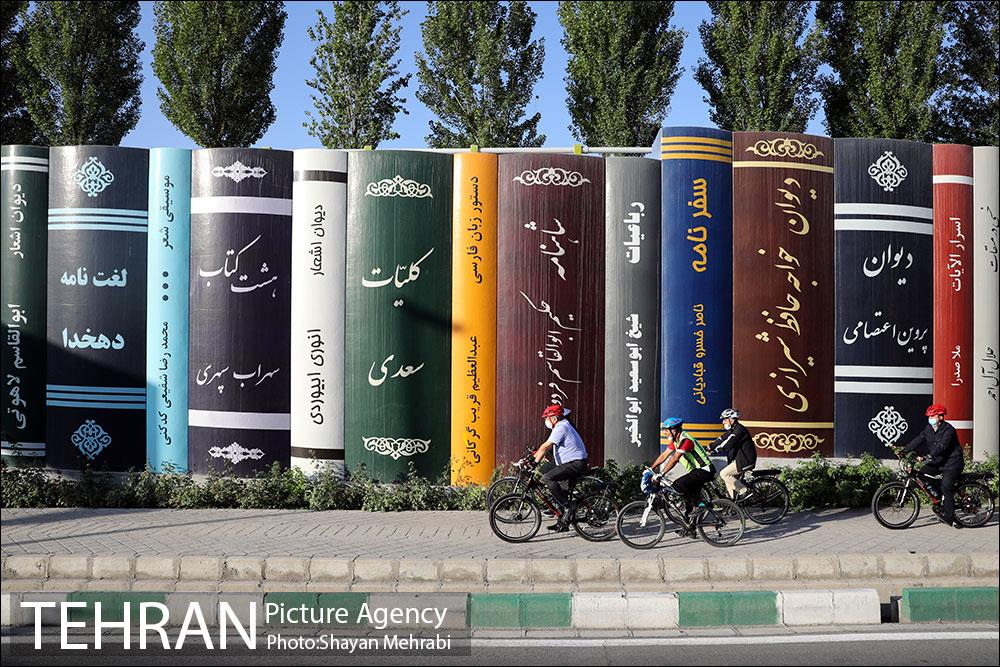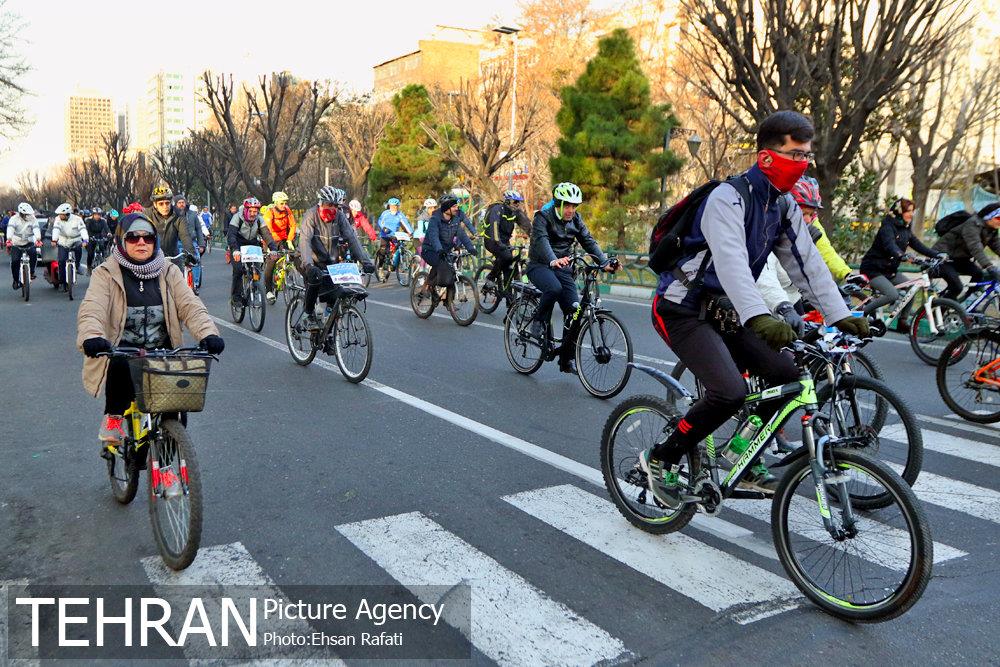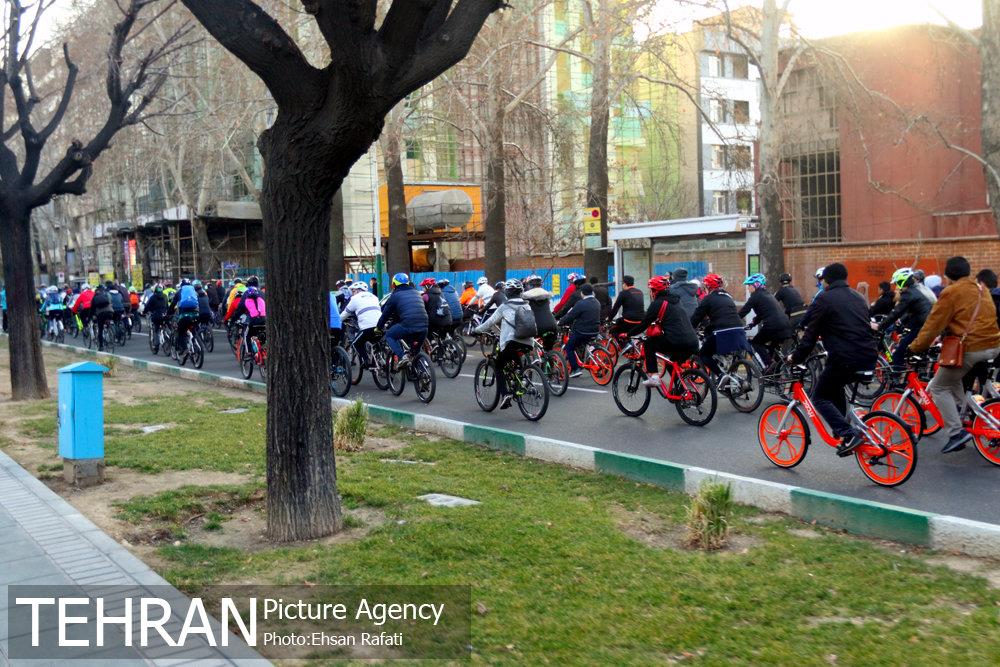Size and population development
The city of Tehrān recorded a population of approximately 8.7 million in the 2016 census and 15 million in the larger metropolitan area of Greater Tehrān. The city covers an area of 730km2 with an average of 11,800 residents per square kilometre and a growing population rate.
Population composition
Tehrān is home to diverse ethnic and linguistic groups from all over Iran. The dominant language of Tehrān is the Tehrāni variety of the Persian language, and the majority of people in Tehrān identify themselves as Persians. Iranian Azeris form the second-largest ethnic group of the city, while ethnic Mazanderanis are the third-largest, Tehrān's other ethnic communities include Kurds, Armenians, Georgians, Bakhtyaris, Talysh, Baloch, Assyrians, Arabs, Jews and Circassians. The city of Tehrān’s inhabitants are primarily Muslim, the majority of whom are Shi’ites, with additional religious communities of Christian, Jewish and Zoroastrian minorities.
Main functions
Tehrān, the capital city of Iran and the Tehrān province, is located in north-central Iran at the foot of the Elburz mountain range. Tehran is the most populous city in Iran and Western Asia and has the second largest metropolitan area in the Middle East. The city if the political, economic and cultural centre of Iran.
Main industries / business
Tehrān is the economic centre of Iran. The country’s economy is dominated by the oil and gas industries, both controlled by the national government based in Tehrān. More recently, automobiles, electronics and electrical equipment, military weaponry, textiles and chemical products have become growing industries.
Sources for city budget
The Tehrān municipality draws its budget for public expenditure largely from construction taxes and duties, including taxes on municipal services and facilities and value-added tax on foreign investment and finance deals. Additionally, the city receives funding from the State government.
Political structure
The Municipality of Tehrān is responsible for the management of the city. The highest-ranking official is the Mayor, who is elected by the Islamic City Council of Tehrān. The City of Tehrān has 21 administrative districts.
Administrative structure
The Municipality of Tehrān is responsible for the management of the city. The highest-ranking official is the Mayor, who is elected by the Islamic City Council of Tehrān. The City of Tehrān has 21 administrative districts.
Website
http://en.tehran.ir/




